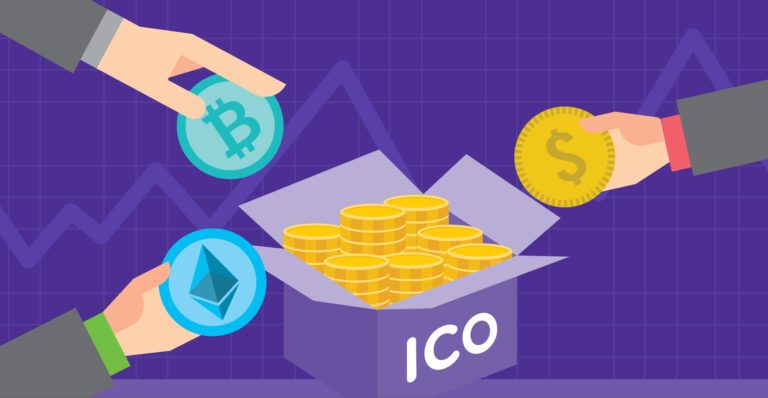Yesterday (Oct 30th) the creator of the Ethereum token standard, ERC-20, presented a proposal for “reversible ICOs.” The presentation was part of Ethereum’s Devcon4, an annual Ethereum developer conference held in Prague, Czech Republic. In his talk, Fabian Vogelstellar proposed a “reversible ICO” or RICO, that would allow token investors to take back their funds at any stage of the project’s lifespan. His hope is that by holding ICOs accountable, this design will “[make] scams unlikely.”
The goal of this would be to make it so that investors have some involvement in the ICO after the ICO is over. Vogelstellar expresses disappointment in ICOs, and says that companies have been spending their time “[buying] lambos rather than doing something useful.”
Fabian introducing the Reversible ICO concept at #DevCon4 @feindura pic.twitter.com/LCEHy5IHiI
— LUKSO (@lukso_io) October 30, 2018
How Would it Work?
This function could be implemented into any ICO before the ICO begins. ICOs work by building a smart contract on Ethereum that creates tokens for the investors. Once the tokens are created, they can be used by various decentralized apps or smart contracts to interact with the software. The RICO could be easily executed by writing in code that would allow investors to pull their contributions.
Vogelstellar explains: “you are able to withdraw the funds you committed at any point of time and you do this by simply sending back your tokens.”
Vogelstellar continues to explain that although this would help investors, the ICOs themself might need “base funding” to get them off the the ground. If the ICO is completed and all the investors change their mind, the ICO team could be left with zero funds to develop their project. Therefore, some initial seed round funding might be worthwhile.
ICOs Maturing?
Considering that ICOs raised more than $20B over the past two years, ICOs are no longer a fringe investment class. As the space matures, it’s likely that investors will want more power over their investments. ICOs, in their current form, are unique in that they don’t provide equity or dividends like stocks, and they don’t even give holders voting rights. The reversible ICO could be the first step in the right direction.
Beyond the RICO, there’s been another ICO model suggested that could help clean up the mess. Earlier this year, Ethereum founder Vitalik Buterin proposed “the DAICO” – Decentralized Autonomous ICO. Similar to the RICO, this would allow token holders to vote on funding disbursement. This means that if the ICO team isn’t meeting expectations, holders could slow the disbursement rate of funds to the development team, or even refund themselves.
No matter which model is implemented, both the RICO or DAICO model could help lower the amount of ICO scams that plague the industry.








